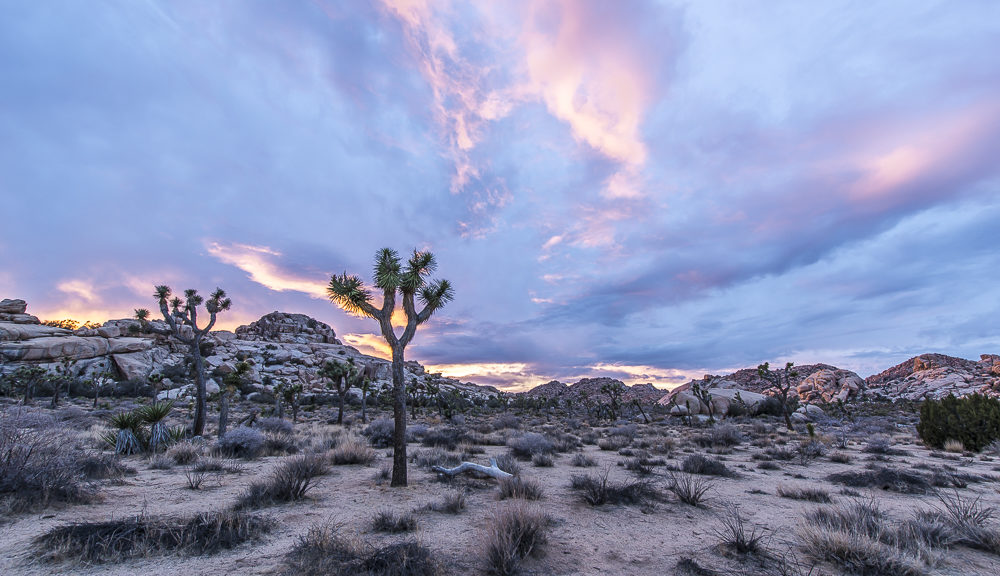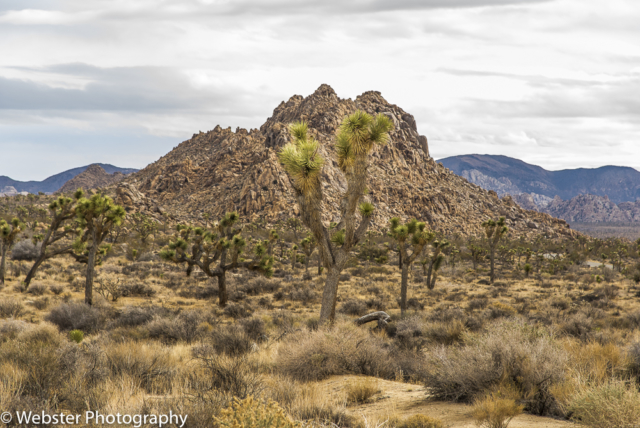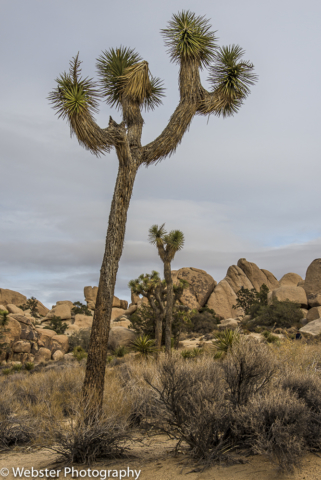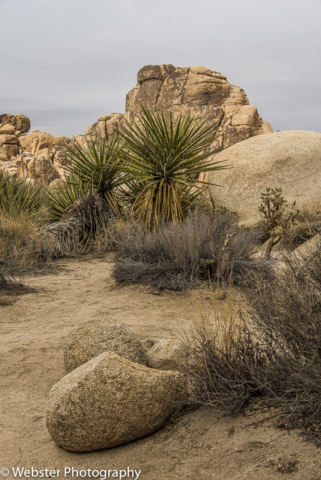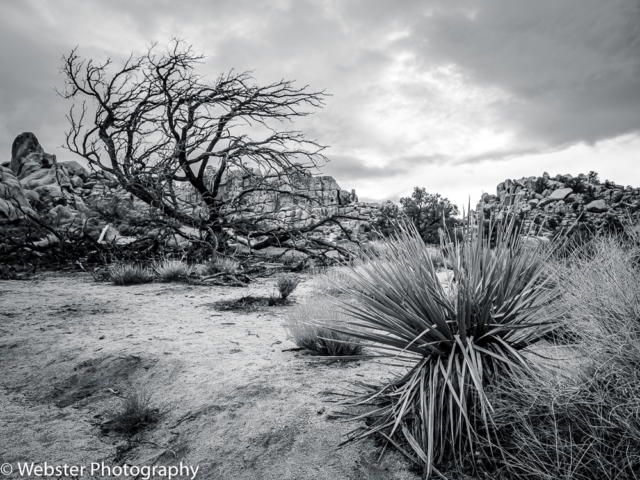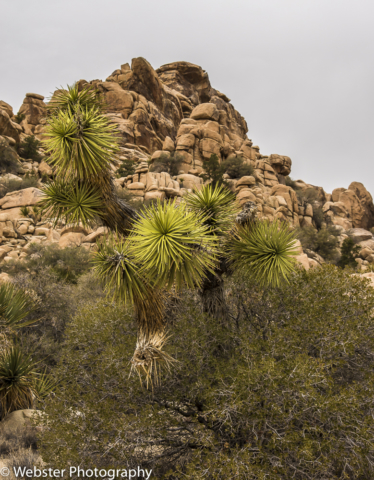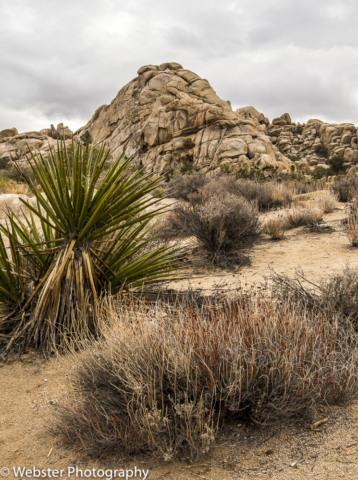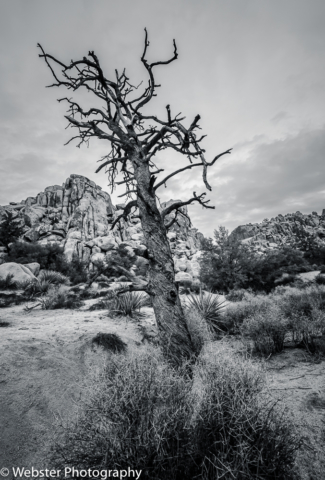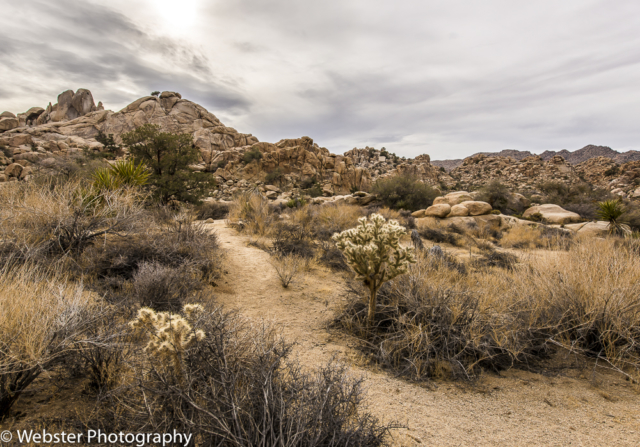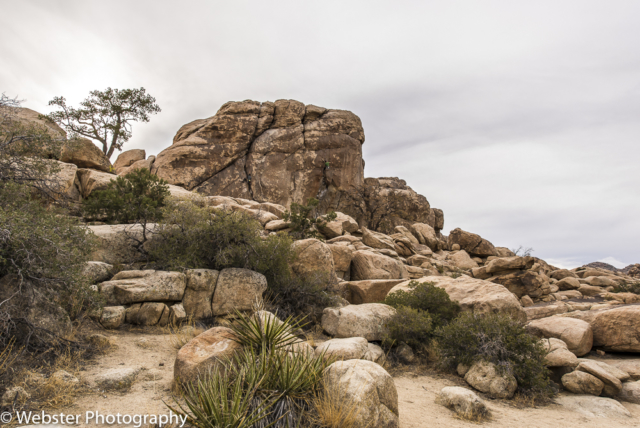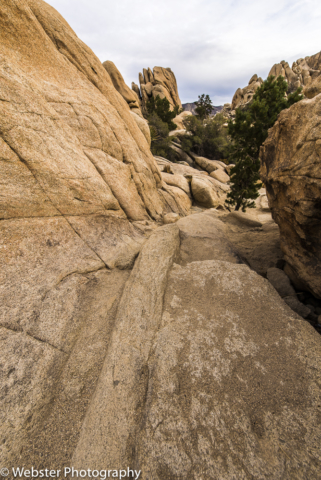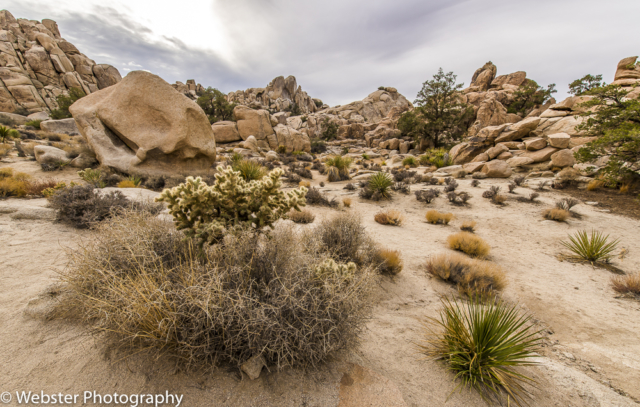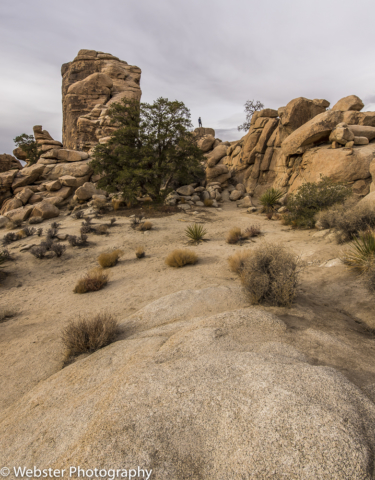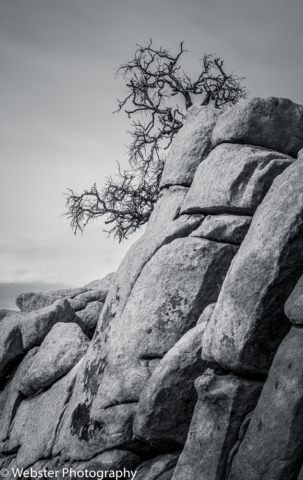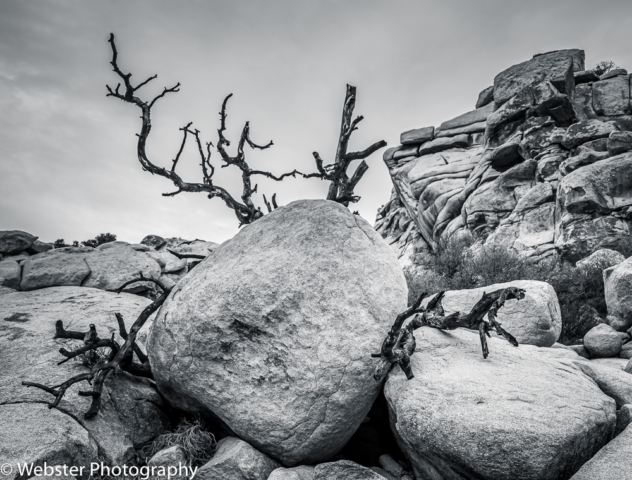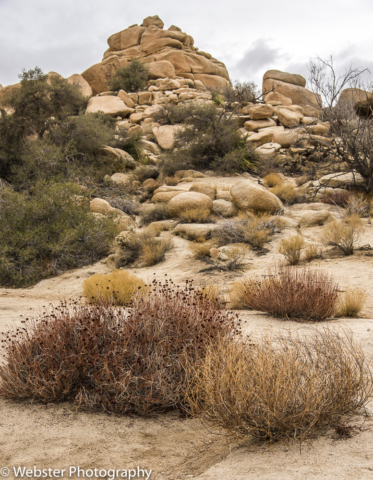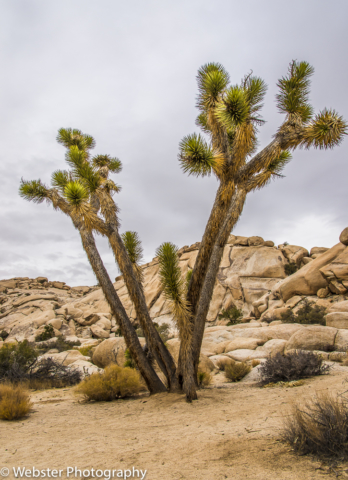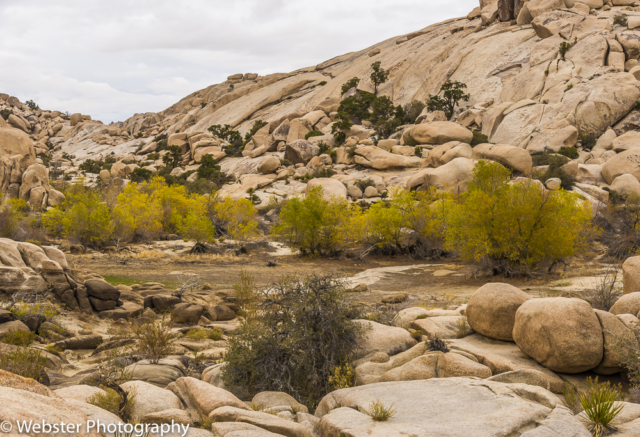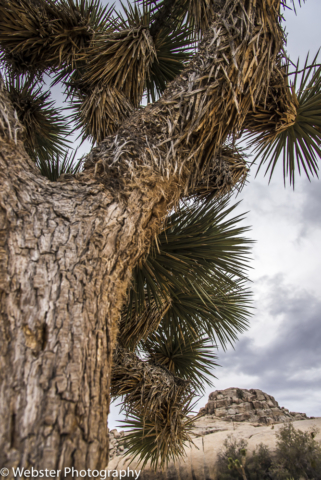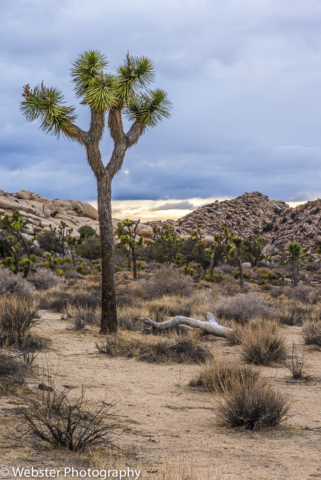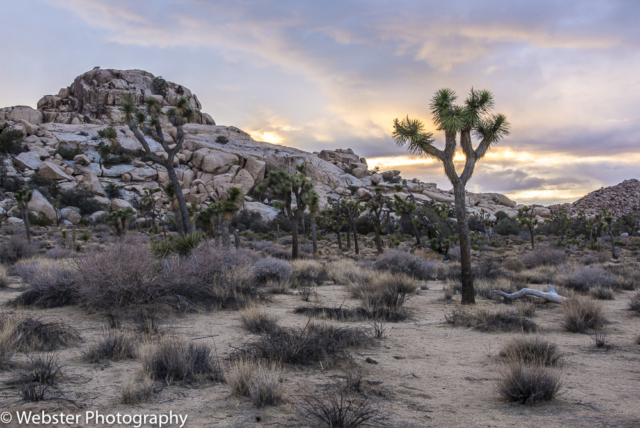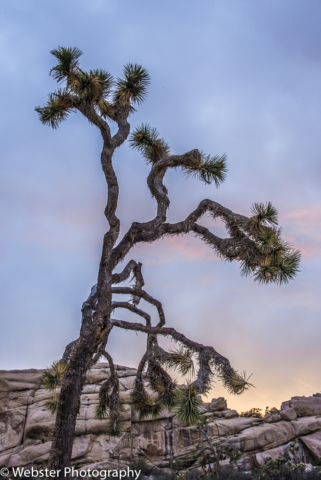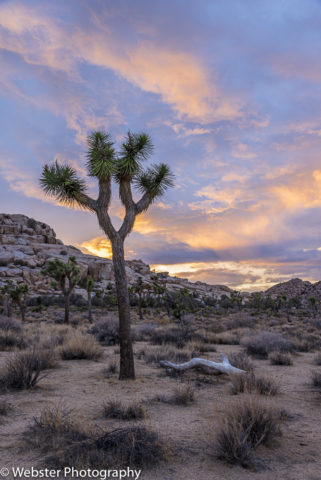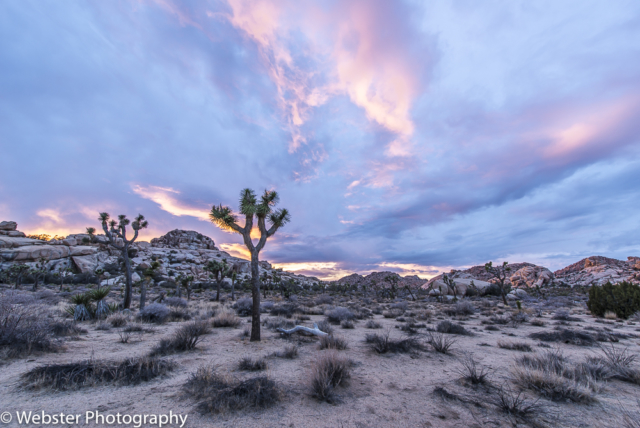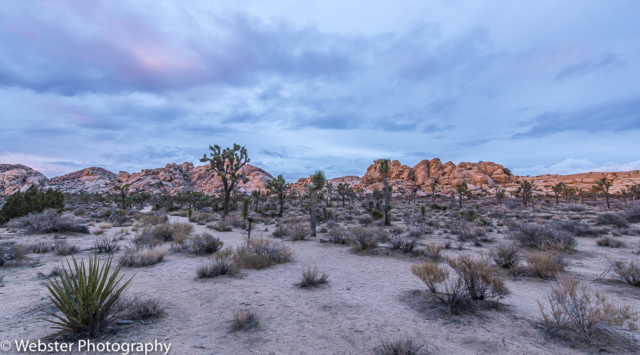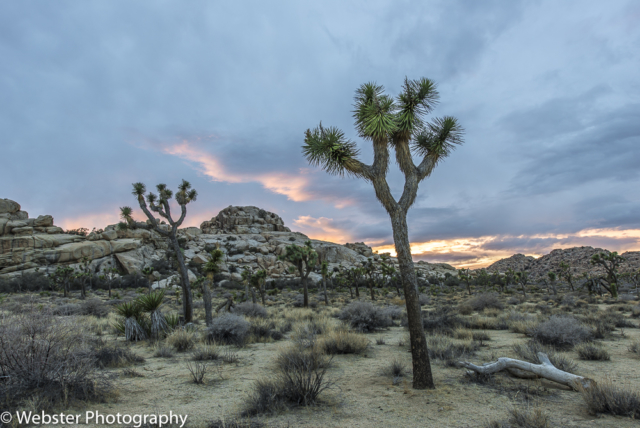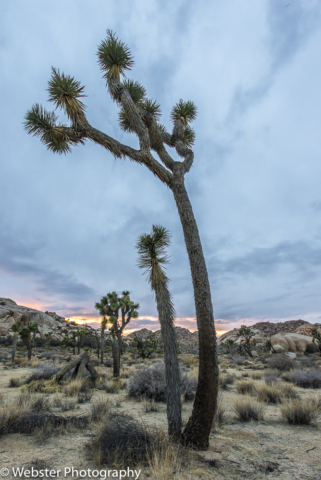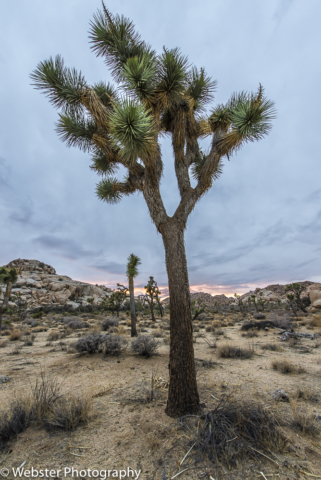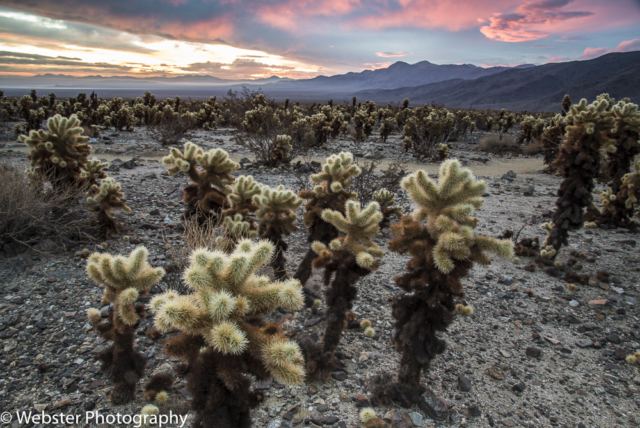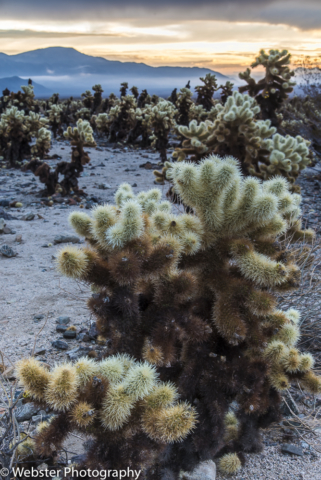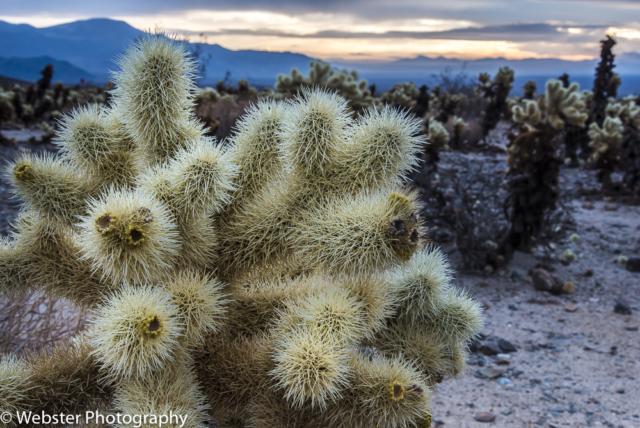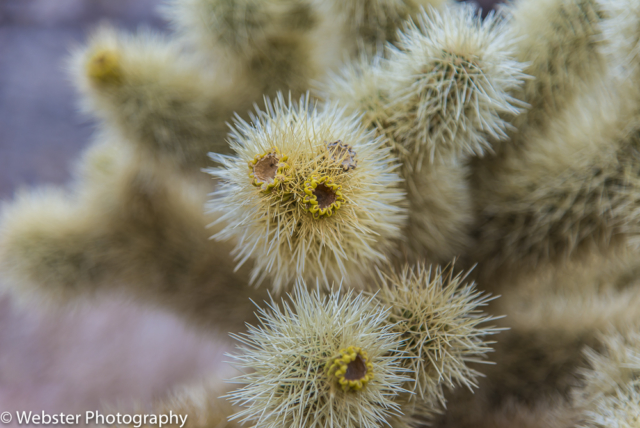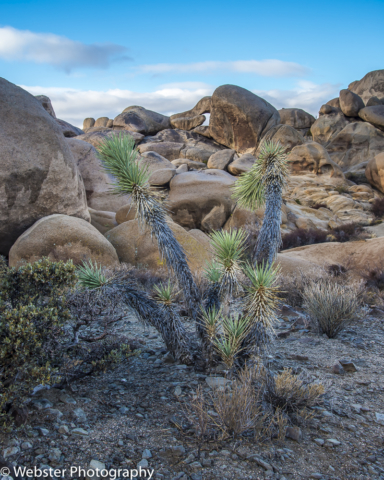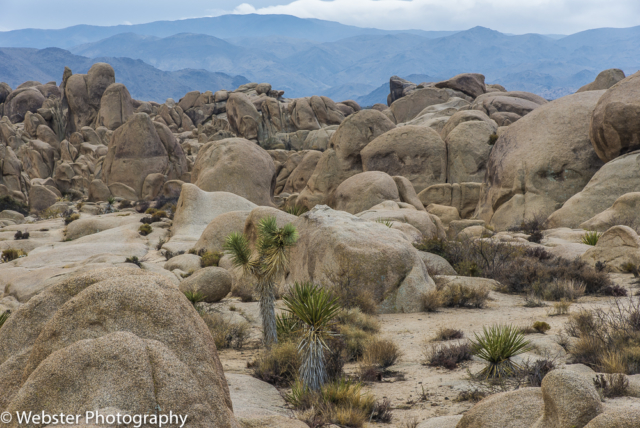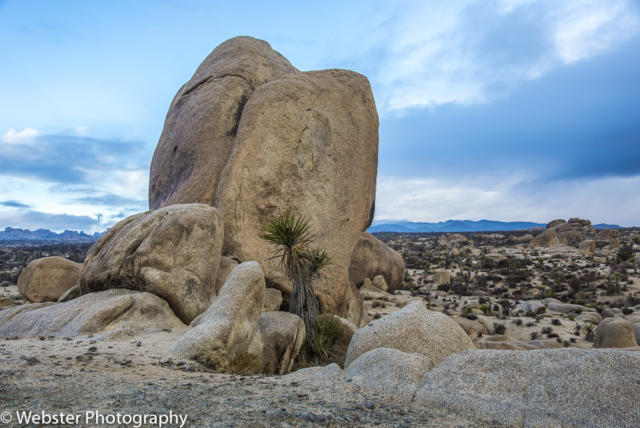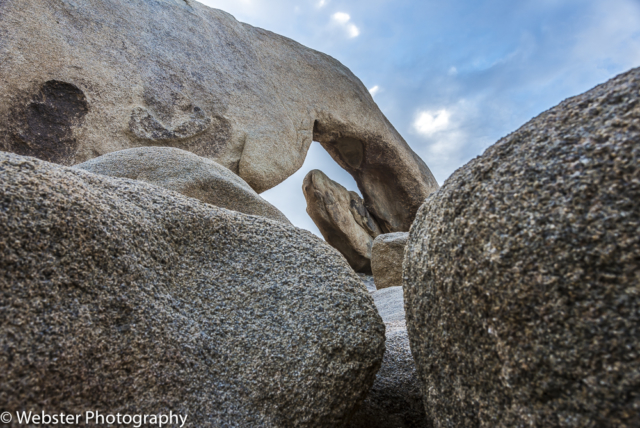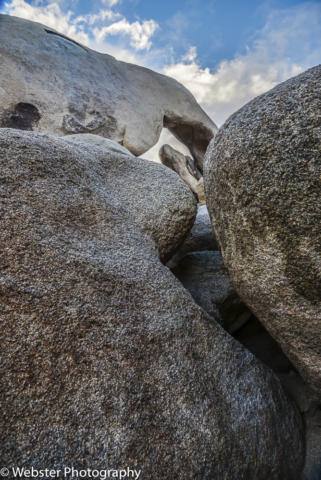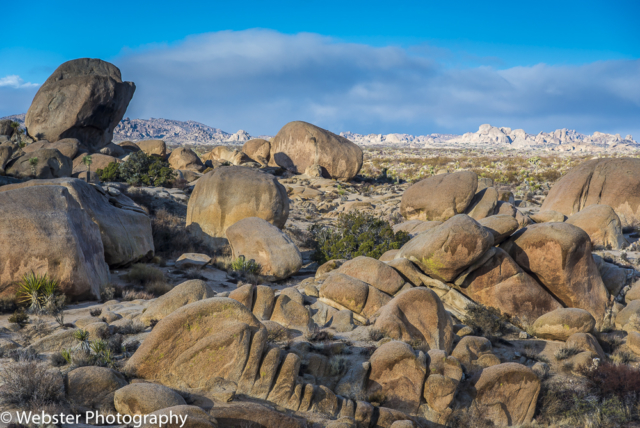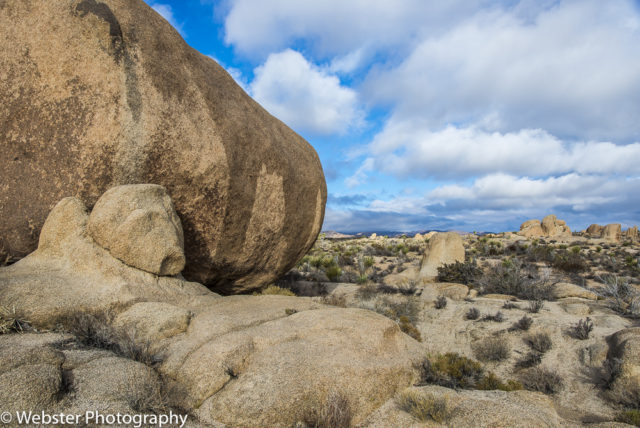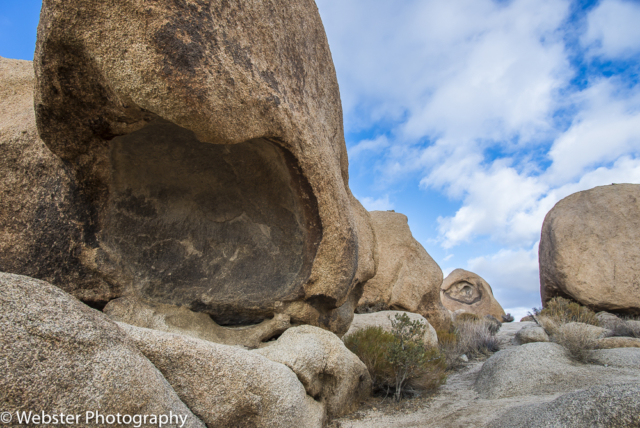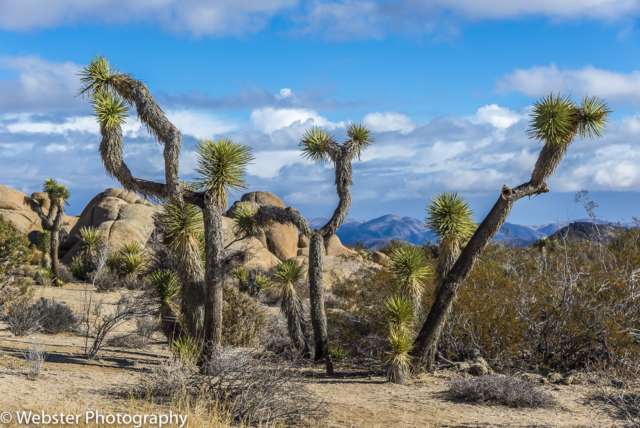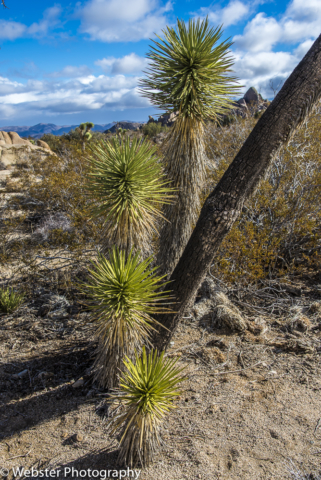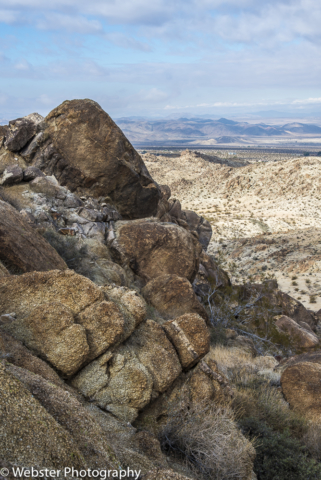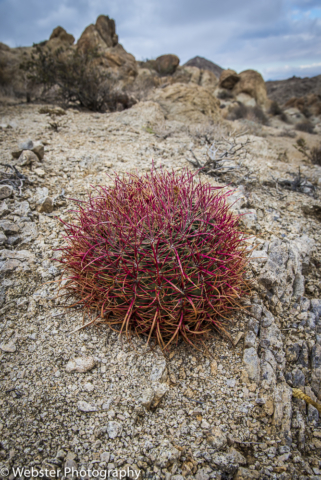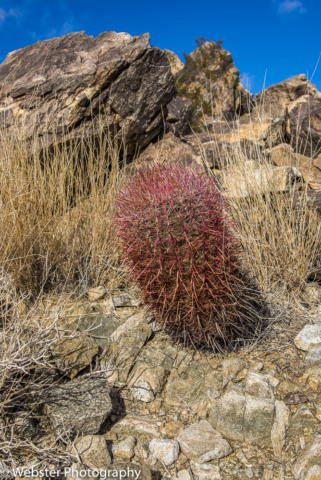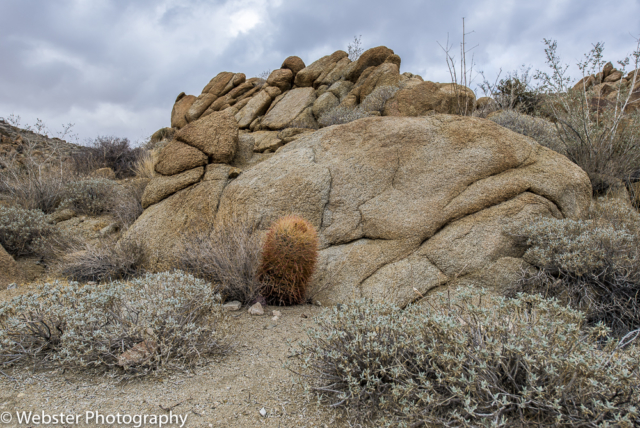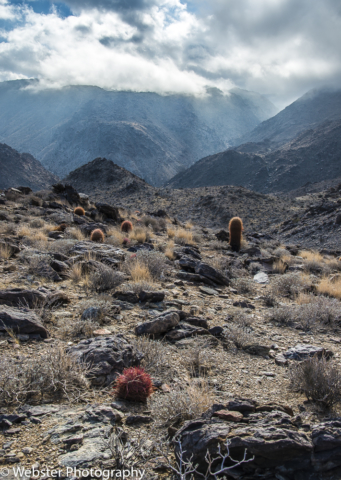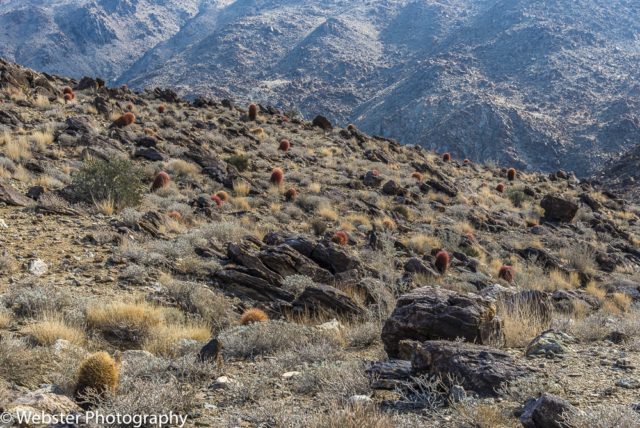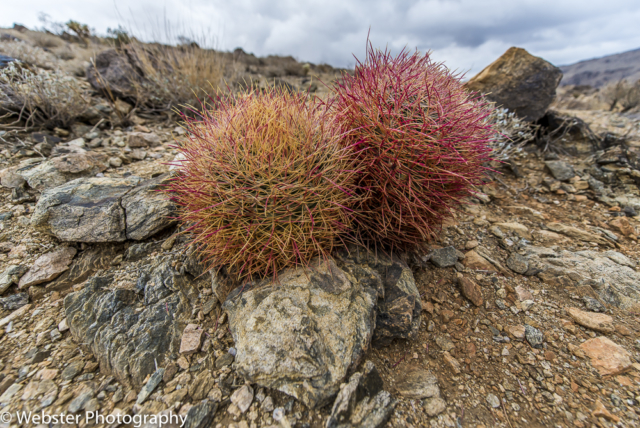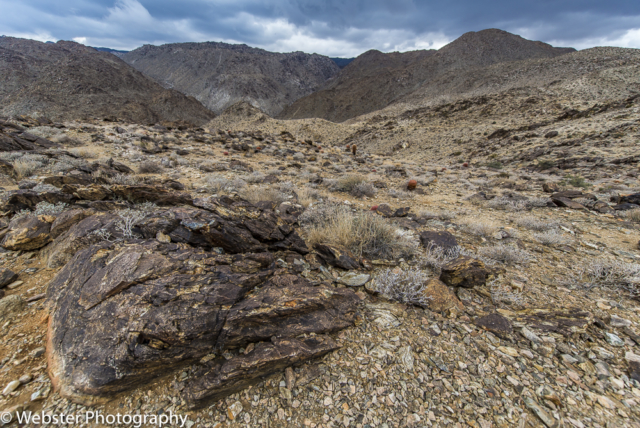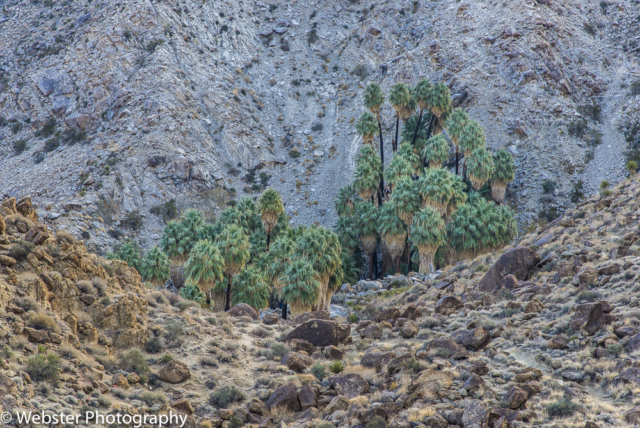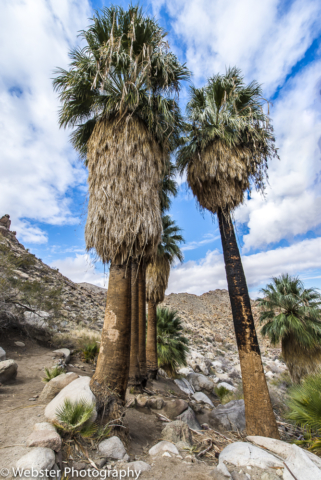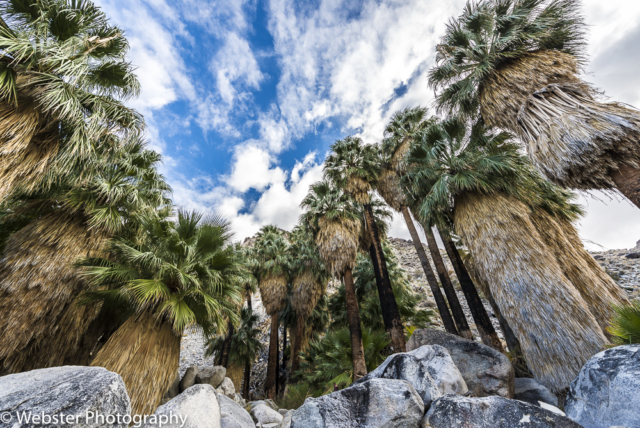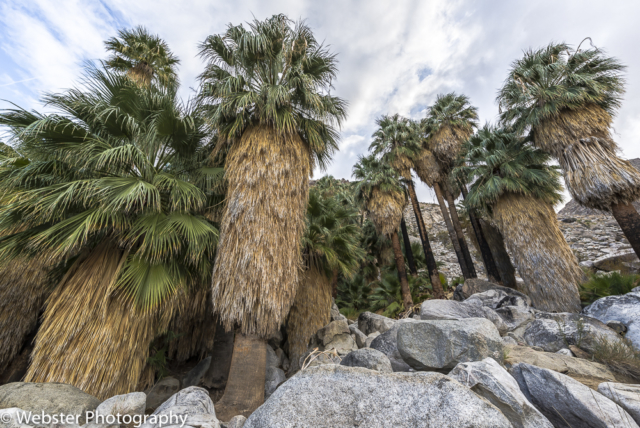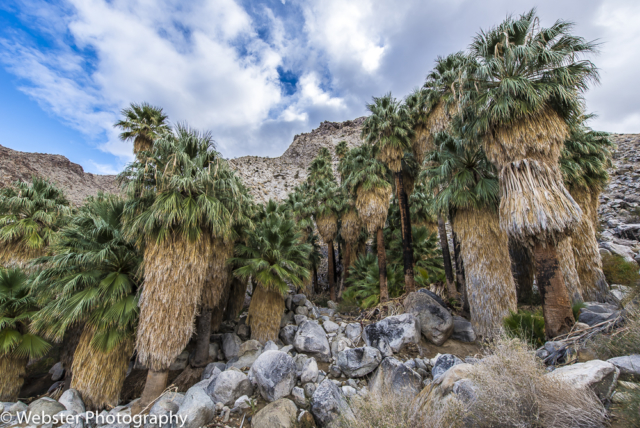Joshua Tree National Park is a vast protected area in southern California. It’s characterized by rugged rock formations and stark desert landscapes. Named for the region’s twisted, bristled Joshua trees, the park straddles the cactus-dotted Colorado Desert and the Mojave Desert, which is higher and cooler. Keys View looks out over the Coachella Valley. Hiking trails weave through the boulders of Hidden Valley. Known as the park namesake, the Joshua tree, Yucca brevifolia, is a member of the Agave family. Years ago the Joshua tree was recognized by American Indians for its useful properties: tough leaves were worked into baskets and sandals, and flower buds and raw or roasted seeds made a healthy addition to the diet. (Source: NPS Website)
Established: October 31, 1994
Size: 795,155 acres
Rank: 15
#Visitors in 2018: 2,942,362
(Visited December 2014) My boyfriend (at the time) and I visited Joshua Tree National Park after my nephew’s wedding in Temecula. We were just started to get serious about visiting all 59 (at the time) U.S. National Parks and this was a short side trip for us while in southern California. We dedicated 2 full days to this park which was a good amount of time, although as always, we could have spent more time.
We stayed in a hotel in Twentynine Palms, not too exciting of a town, but conveniently located for visiting the park. On our first day in the park, we stopped by the Joshua Tree Visitor Center to get our passport stamp and talk to the Ranger to get advice on the best hikes to do. We were directed down Park Boulevard to Hidden Valley, a rock-enclosed valley, where we spent most of the late morning/afternoon hiking and photographing the endless shapes, patterns, and textures of the Joshua Trees, rock formations and dead trees, one of my other favorite subjects.
Later that same day, we drove a short distance to the Barker Dam area to hike the loop (1.1. miles) at sunset. It was a gorgeous sunset! I was able to capture some of my favorite shots of the entire visit.
We got up very early the next morning to drive down Pinto Basin Road to shoot the Cholla Cactus Garden at sunrise. We were excited for the opportunity to capture the early light on these iconic cacti. When the light hits them just right, they seem to be lit on fire.
After the sunrise shoot, we drove back up north on Pinto Basin Road to Arch Rock loop trail. It was hard to get a good angle on the arch. We do love a challenge! I think this might be the only arch rock in this park, so it is worth the effort to see it. It does not rival those in Arches National Park, however.
We stopped a little further up the road to hike to Skull Rock.
We continued to our big destination for the day, Fortynine Palms Oasis trail near the north end of the park. This was a 3 mile roundtrip hike which for us, taking photographs all along the way, always takes longer than the published estimates. This was a great hike; the first part of which was up and over a ridge dotted with barrel cactus. As you look down the trail, palm trees appear in the distance, appearing bizarrely out of place from the surrounding arid landscape. The trees were planted by miners to mark the spring that now irrigates the trees. The trail ended when we reached the Fortynine Palms Oasis. (Source: https://www.hikespeak.com/trails/fortynine-palms-oasis-in-joshua-tree/)
We really enjoyed our visit to Joshua Tree. There is so much more to see than Joshua Trees, although they are pretty spectacular on their own. When I finally wrote up this travel story (in 2020), I was surprised to learn how large this park is, ranked 15 in size of all the U.S. National Parks. While we felt we saw a lot, there is a lot more to see and do, so I guess we’ll have to go back. 🙂

